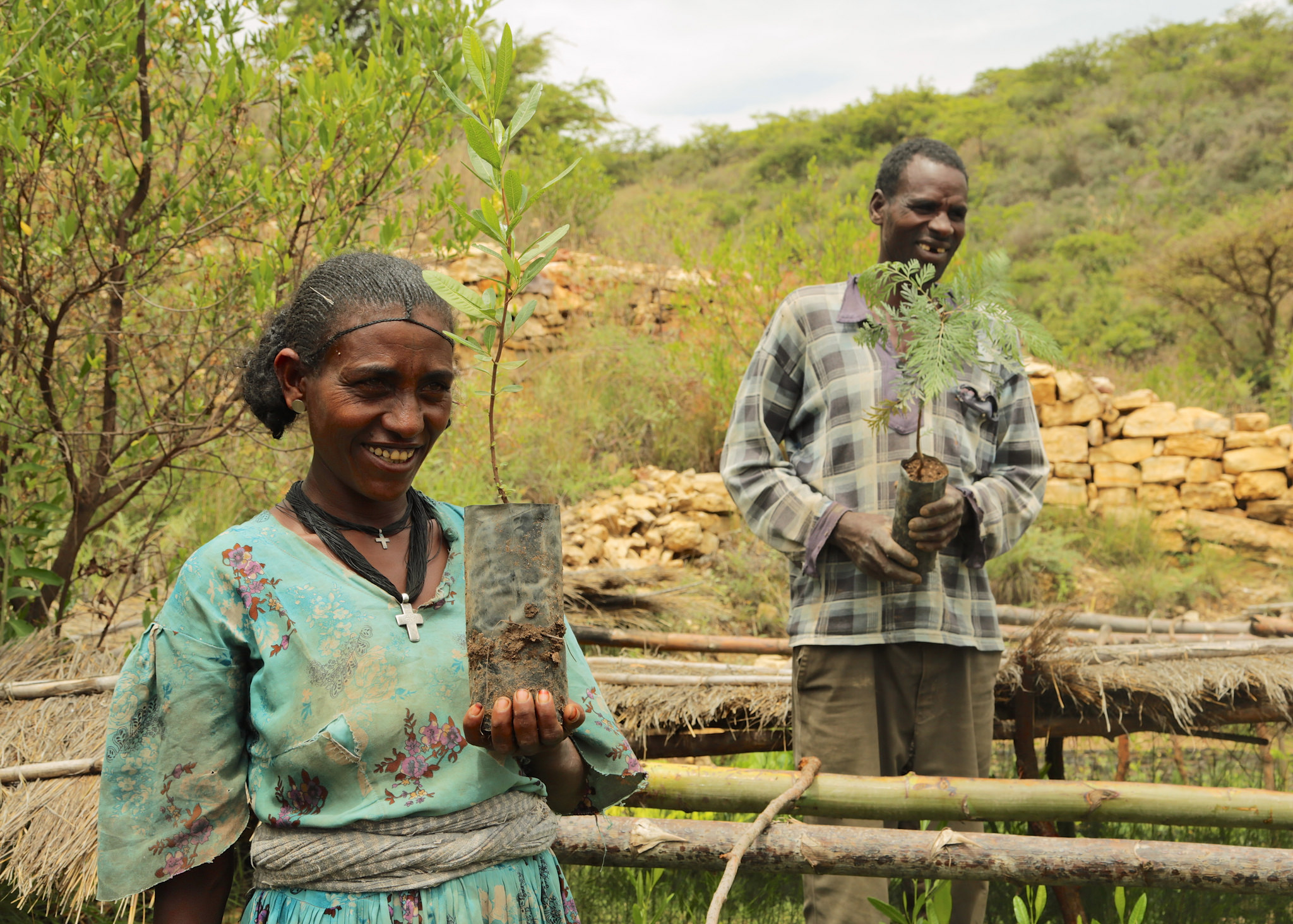Ethiopia’s new forestry law: A win for landscapes and livelihoods?
- From
-
Published on
19.08.18
- Impact Area

Ethiopia – The Ethiopian government has a big dream: restoring 22 million hectares of degraded lands and forests by 2030. By doing so, the country aims not only to increase tree cover and restore degraded forests, but also to significantly enhance the forestry sector’s contribution to agricultural production systems, water and energy; to improve food and nutritional security; and to create more opportunities for employment and household income. It is a bold and laudable pledge, made as part of the 2011 Bonn Challenge and the 2014 New York Climate Summit’s goal of restoring 350 million of hectares worldwide by 2030. But what’s the best way to make it a reality?
A new forest law was enacted in January this year that is a significant step in the right direction, says Habtemariam Kassa, Team Leader of Forests and Human Well-being Research at the Center for International Forestry Research (CIFOR) who supported efforts of the Ministry in the process of revising the national forest law. The 2018 National Forest Law – a revised version of the 2007 forest law – now clearly recognizes the rights of communities and acknowledges their role in managing natural forests and establishing plantations, without unduly compromising ecological services or biodiversity. Read the full story on Forests News.
Related news
-

New Genomic Discovery from ICRISAT Could Save Farmers Millions by Preventing Groundnut Sprouting Before Harvest
International Crops Research Institute for the Semi-Arid Tropics (ICRISAT)02.12.25-
Food security
-
Poverty reduction, livelihoods & jobs
Breakthrough study identifies varieties and key genes to halt sprouting before harvest in groundnut …
Read more -
-

From Dirt to Decision-Making: Governance and Soil Health Must Go Hand in Hand
Multifunctional Landscapes Science Program26.11.25-
Biodiversity
-
Environmental health
-
Environmental health & biodiversity
In October, the world convened in Des Moines for the 2025 Borlaug Dialogue under the…
Read more -
-

Reinventing Kenya’s Snack Future with Dryland Grains
International Crops Research Institute for the Semi-Arid Tropics (ICRISAT)21.11.25-
Nutrition
-
Poverty reduction, livelihoods & jobs
Faces of Impact - Video Feature Story On a quiet backstreet in Mihango, Kenya, the…
Read more -
